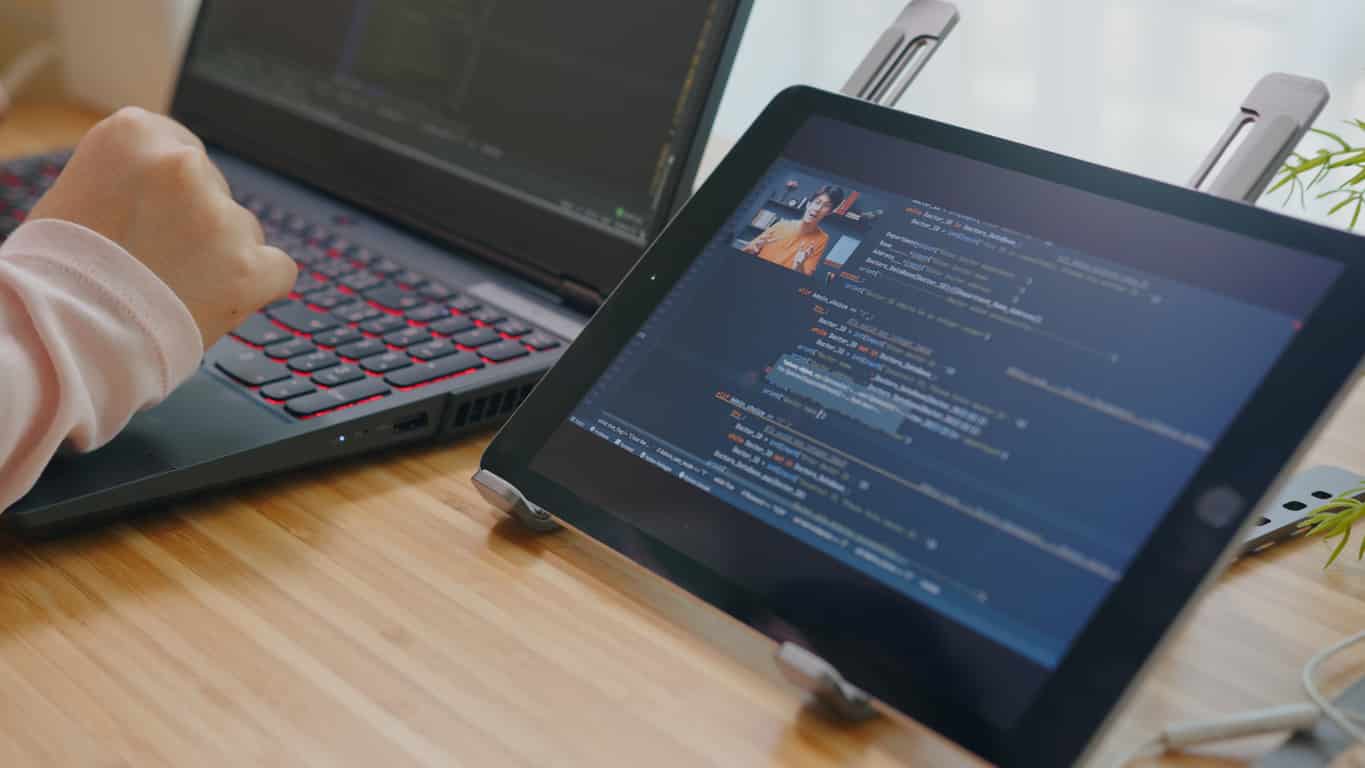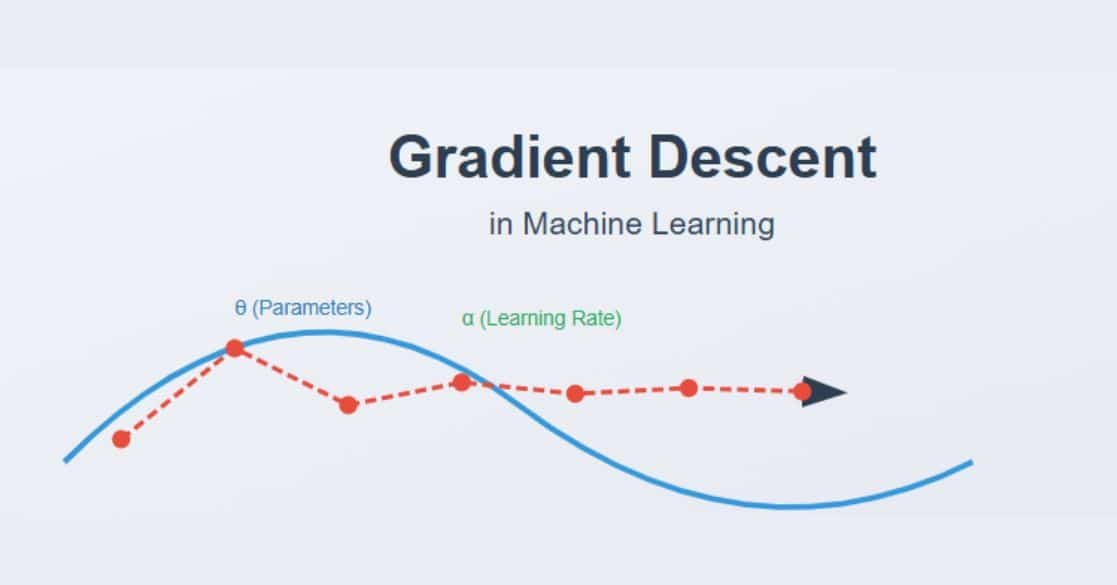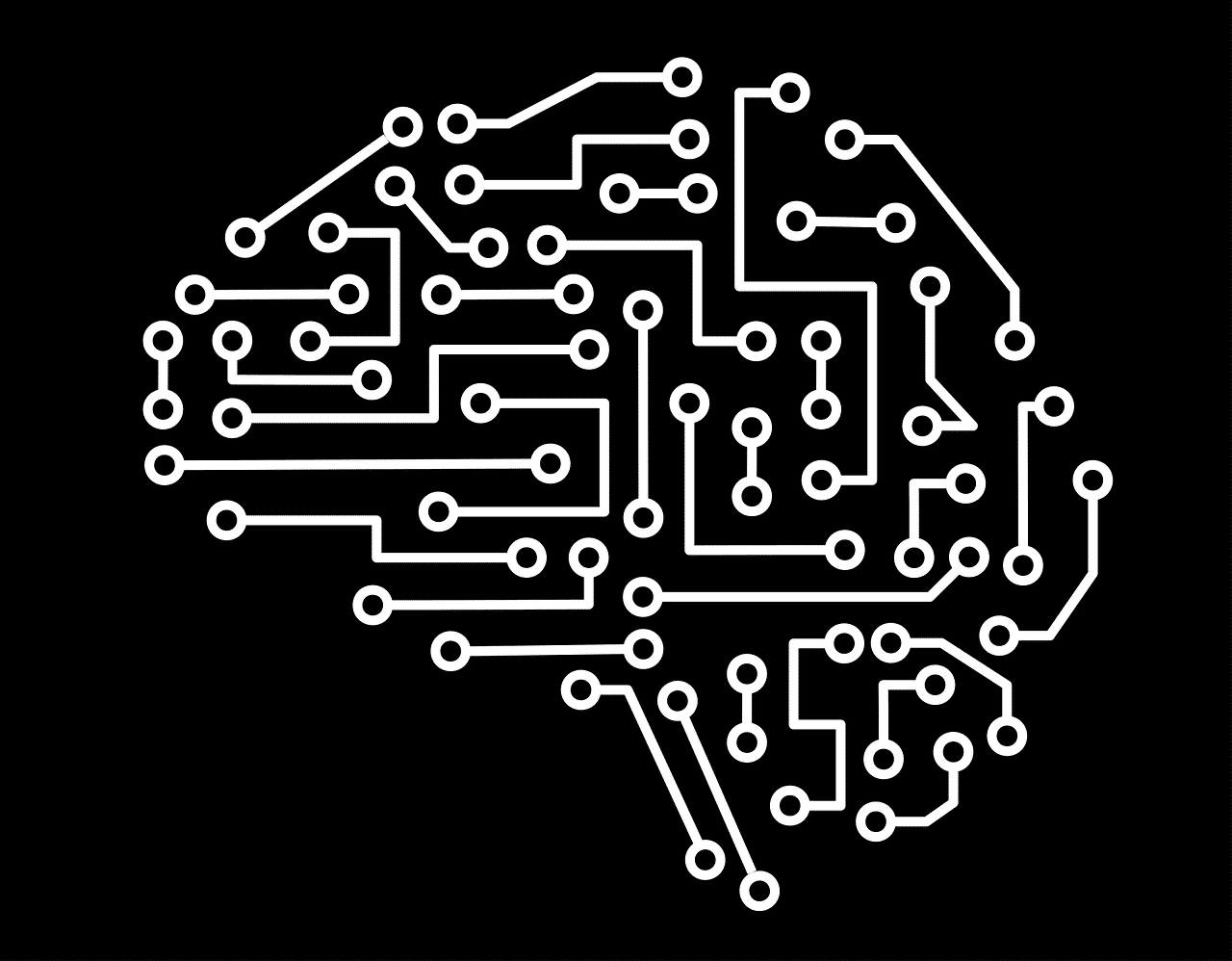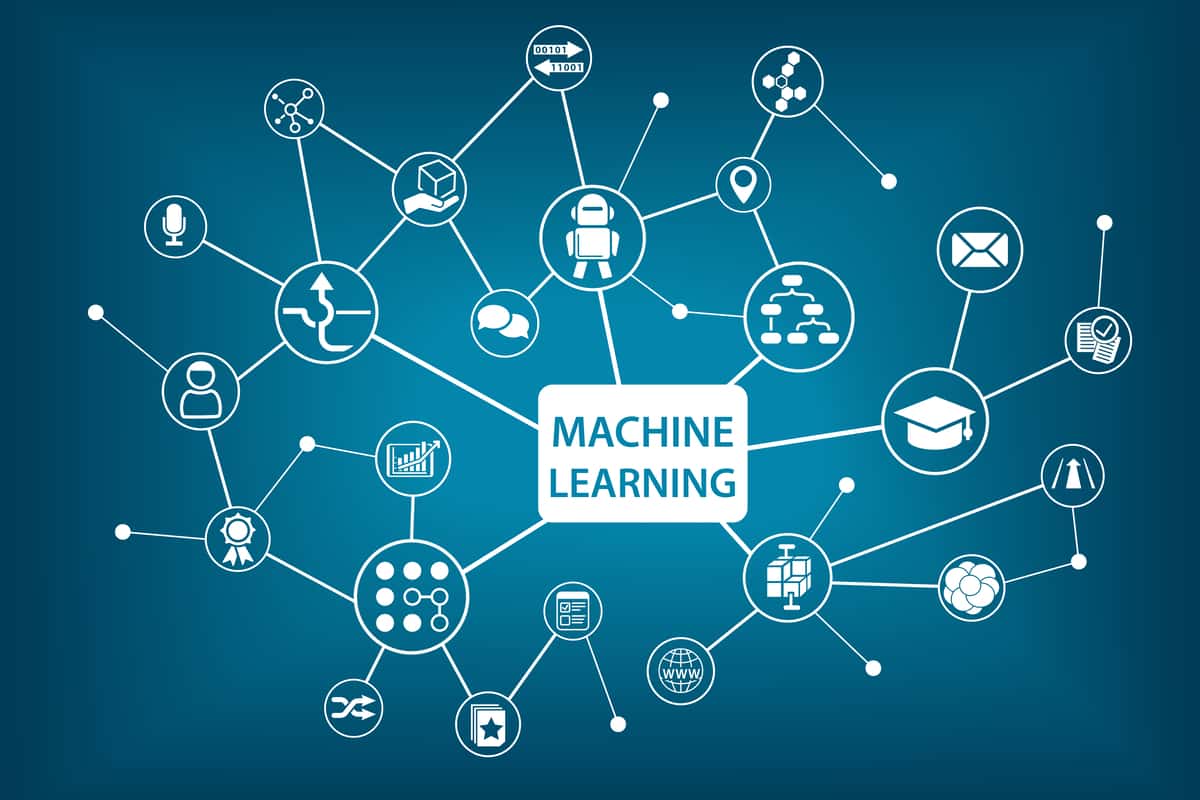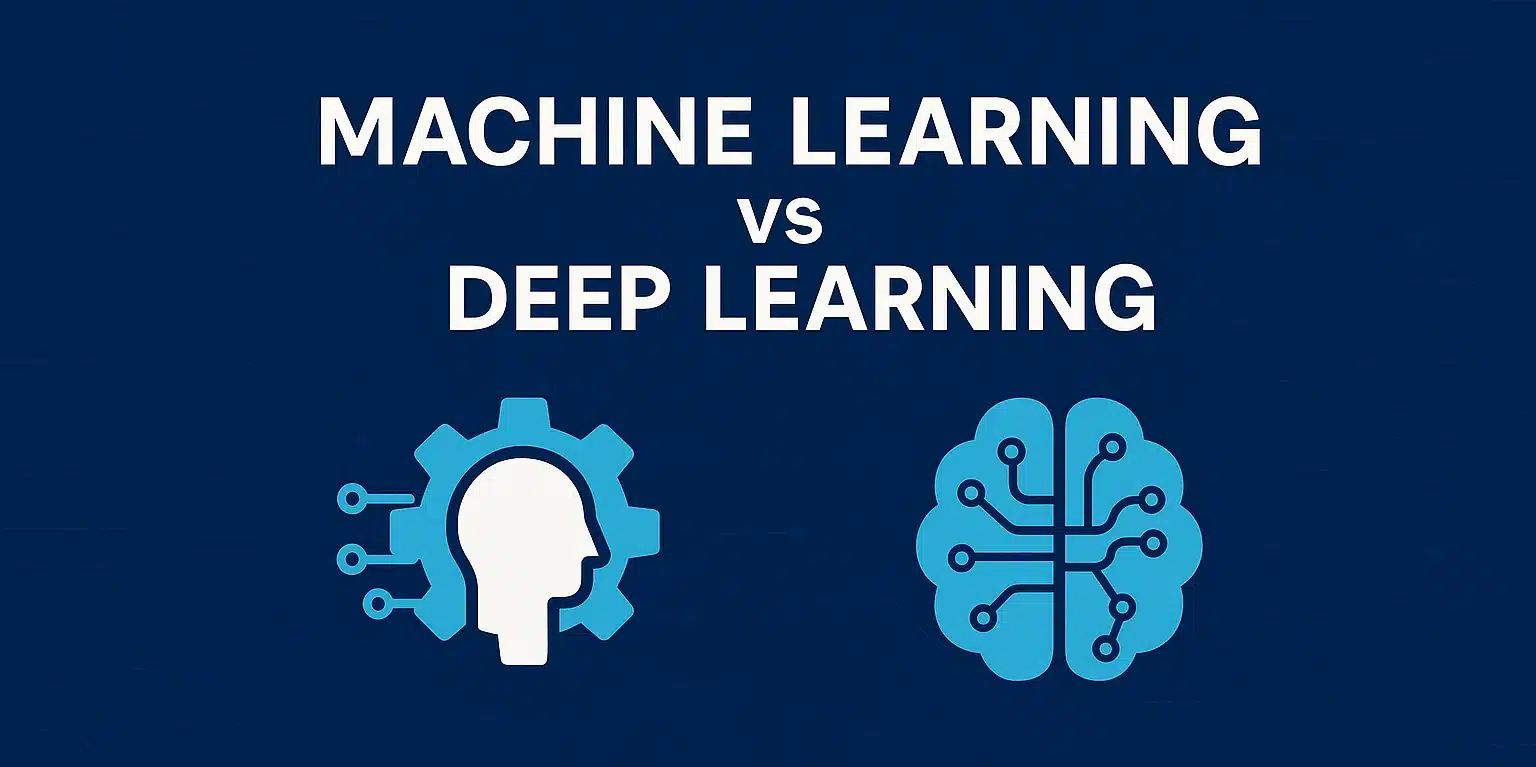One of the most fascinating problems in machine learning is determining the similarity between two data points. From signature verification and face recognition to recommendation systems, learning to compare and decide similarities is important.
A powerful approach to this problem is Similarity Learning using Siamese Networks.
Siamese Networks are a type of neural network architecture specifically designed to identify relationships between pairs of inputs. Unlike traditional classification networks that learn to assign labels, Siamese Networks learn to determine whether two inputs belong to the same category.
This article will explore the architecture, applications, and training methodologies of Siamese Networks in similarity learning.
What is Similarity Learning?
Similarity Learning is a subset of machine learning where models are trained to measure the resemblance between two entities. Instead of learning to classify, the model learns a function that maps input pairs to a similarity score. This technique is widely used in:
- Face Verification: Determining if two faces belong to the same person.
- Signature Verification: Checking the authenticity of handwritten signatures.
- Text Similarity: Measuring similarity between two text documents.
- Recommendation Systems: Suggesting items based on user preferences.
Understanding Siamese Networks
Siamese Networks are a special type of neural network designed for pairwise learning tasks. Unlike conventional neural networks, which take a single input and produce an output, Siamese Networks take in two inputs and output a similarity score.
Architecture of a Siamese Network
A Siamese Network consists of two identical sub-networks that share the same parameters, weights, and architecture. These networks process two inputs separately and then compare their outputs to determine how similar they are.
- Twin Networks: Two identical networks extract features from the input pairs.
- Weight Sharing: Both networks have the same weights to ensure they extract similar feature representations.
- Distance Metric: A distance function (such as Euclidean distance) computes the similarity score between the two feature vectors.
- Output Layer: The model learns to determine if the inputs are similar or different.
The primary reason for sharing weights is to ensure the same transformations are applied to both inputs, making the feature representations comparable.
How Siamese Networks Work
Siamese Networks operate in three main steps:
- Feature Extraction: The twin networks extract feature representations from both input samples.
- Comparison: The extracted features are compared using a distance function.
- Decision Making: The model determines if the two inputs are similar based on the computed distance.
The learning process is based on a contrastive loss function or a triplet loss function, which helps the network learn to differentiate between similar and dissimilar pairs.
Loss Functions for Siamese Networks
The effectiveness of Siamese Networks largely depends on the loss function used for training. Two commonly used loss functions are:
1. Contrastive Loss
Contrastive loss minimizes the distance between similar pairs and maximizes it for dissimilar pairs. Given two input feature vectors, x1 and x2, the loss function is defined as:
L = (1 – Y)D2 + Y max(0, m – D)2
Where:
- D is the Euclidean distance between the feature vectors.
- Y is the label (1 if dissimilar, 0 if similar).
- m is a margin that prevents similar pairs from collapsing.
2. Triplet Loss
Triplet loss is used when three inputs are involved: Anchor (A), Positive (P), and Negative (N). The goal is to ensure that the anchor is closer to the positive than to the negative. The loss function is:
L = max( ||f(A) – f(P)||2 – ||f(A) – f(N)||2 + m, 0 )
Here, m is a margin to enforce separation.
Applications of Siamese Networks
1. Face Recognition
Siamese Networks are widely used in face verification systems such as FaceNet and DeepFace. These systems compare embeddings of faces to verify identities.
2. Signature Verification
Banks and financial institutions use Siamese Networks to verify handwritten signatures by comparing them to stored signatures.
3. Object Tracking
Siamese Networks are used in visual object tracking to identify and follow an object in a video frame.
4. Text Similarity & Plagiarism Detection
Natural Language Processing (NLP) applications use Siamese Networks to measure semantic similarity between sentences, aiding in duplicate content detection.
5. One-Shot and Few-Shot Learning
Siamese Networks are effective in one-shot learning, where the model learns to recognize a class from a single example, useful in scenarios with limited training data.
Training a Siamese Network
1. Data Preparation
Siamese Networks require paired datasets consisting of similar and dissimilar pairs. The dataset should be balanced to ensure effective learning.
2. Model Architecture
A typical model consists of:
- Convolutional Layers (for image processing tasks).
- Fully Connected Layers to generate embeddings.
- Distance Metric Calculation using Euclidean distance or cosine similarity.
3. Training Process
- Input pairs are passed through the twin networks.
- The extracted features are compared using a distance function.
- The loss function (contrastive or triplet loss) is minimized.
- The network learns to differentiate between similar and dissimilar pairs.
Challenges and Future Trends
Challenges
- Data Imbalance: If the dataset has more dissimilar pairs than similar pairs, the model may become biased.
- Computational Complexity: Siamese Networks require significant computation due to pairwise comparison.
- Choosing the Right Distance Metric: The choice of distance function impacts performance significantly.
Future Trends
- Hybrid Siamese Networks: Combining Siamese Networks with transformers for better performance in NLP.
- Self-Supervised Similarity Learning: Using unsupervised learning techniques to reduce dependency on labeled data.
- Edge Deployment: Implementing lightweight Siamese Networks on edge devices for real-time applications like facial recognition in mobile devices.
Conclusion
Siamese Networks have revolutionized similarity learning, enabling applications in face recognition, signature verification, object tracking, and more. By learning to compare rather than classify, these networks provide a robust approach for tasks requiring similarity assessment. While challenges like computational cost and data imbalance exist, ongoing advancements in deep learning continue to refine their efficiency.
As the demand for intelligent systems grows, Siamese Networks will play a crucial role in the evolution of AI-driven similarity learning applications. Whether in security, healthcare, or recommendation systems, their potential is vast and promising.
We can also use Siamese networks for face recognition, check this article “Face Recognition Using Python and OpenCV” where I have used a pre-trained model based on the same concepts for face recognition.
Frequently Asked Questions(FAQ’s)
1. How do Siamese Networks compare to traditional classification models?
Unlike traditional classifiers that assign a label to each input, Siamese Networks focus on learning a similarity function, making them well-suited for tasks with limited labeled data or open-set recognition problems.
2. Can Siamese Networks be used for multi-class classification?
While Siamese Networks are designed for binary similarity tasks, they can be extended for multi-class problems by learning embeddings and using clustering techniques like k-NN or softmax over distances.
3. What are the limitations of using Euclidean distance as a similarity metric?
Euclidean distance assumes linear separability, which may not be optimal for complex patterns. Alternative metrics like cosine similarity or Mahalanobis distance can sometimes perform better, depending on the use case.
4. How do Siamese Networks handle variations in input size and scale?
Preprocessing techniques like resizing, normalization, and data augmentation help handle variations. Additionally, architectures like CNN-based Siamese Networks are designed to extract scale-invariant features.
5. Are there any pre-trained Siamese Network models available?
While Siamese Networks are often trained from scratch, some frameworks like FaceNet provide pre-trained models for face recognition, and other domain-specific implementations exist in libraries like TensorFlow and PyTorch.


